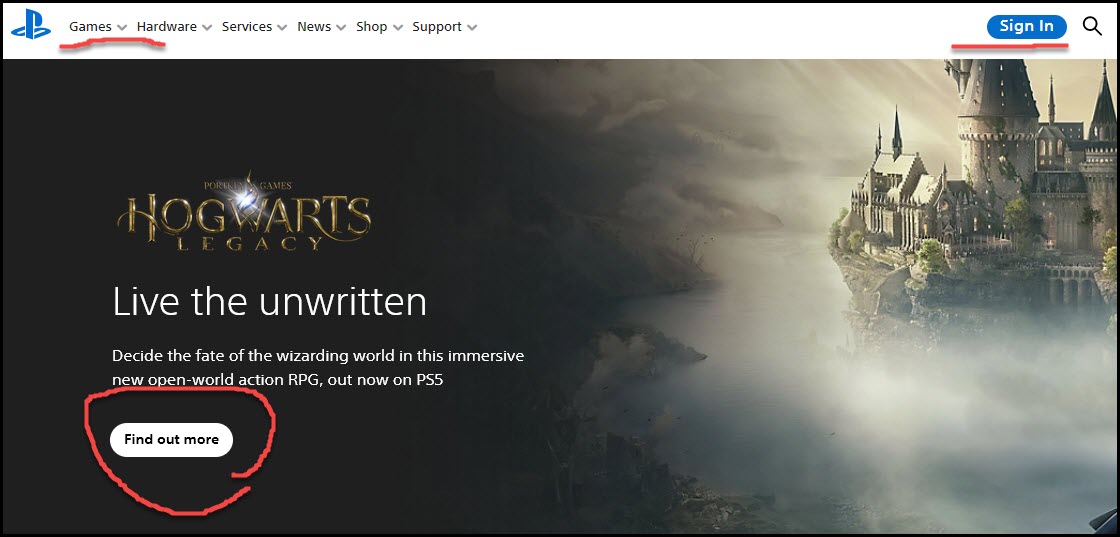How to use customer feedback to improve your food marketing
Customer feedback is an invaluable tool for improving food business marketing strategies. It can provide valuable insight into the values, […]
Read More »Become a successful marketing consultant: Learn more

If you have ever wanted to learn how to create a successful product launch for your manufacturing company and its latest product, you have come to the right place.
A successful product launch is essential for any company looking to get its new product onto the market, and the right combination of marketing, strategy and execution will help ensure that the launch is successful.
How do I create a successful product launch for my manufactured product?
To create a successful product launch, you need: 1. To know your target market, 2. Create your marketing mix to spread awareness, 3. Create a launch event, 4. Time the launch to coincide with a period when sales are likely to be higher, and 5. Gain customer feedback.
In this helpful article, we will look at the example of the product launch of the Sony PlayStation, to explore how to create a successful product launch for a manufactured product.
As we get started, here are three important article that will help you as you develop your launch plan:
Let’s get started and create your product launch by looking at how Sony did theirs.
There’s no better company to model your product launch after than Sony.
With each launch of their newest gaming stations, they continue to lead the market and deliver profound value -- getting more new products into the hands of their well-defined target market.
And you can do the same.
Just follow these 5 simple, but highly effective steps to launch your new product.
For Sony, this meant understanding the needs and wants of the gaming market, and crafting a product that delivered on those needs. This involved extensive market research and development, as well as understanding the competition and how the product could differentiate itself in the market.
They did this by carefully developing the 4 P’s of marketing, a.k.a., the marketing mix. The 4 P’s are: Product, Price, Place and Promotion.
This event was used to show off the product to potential customers, as well as to create a buzz and excitement about the product launch.
The Expo was also used to launch the first PlayStation game, which was a key moment in the product launch.
This was also a strategic decision, as the holiday season is a time when people are more likely to buy new products.
Additionally, Sony used the launch period to create a sense of exclusivity around the product, by only offering pre-orders of the product to those who attended the PlayStation Expo.
This allowed them to make any necessary changes to the product, and ensure that the product was meeting the needs of the target market.
In conclusion, creating a successful product launch for a manufactured product requires careful planning and execution.
Companies must ensure they have a thorough understanding of the target market, and create a comprehensive marketing mix to spread awareness of the product.
It is also important to create a launch event, and to time the launch to coincide with a period when sales are likely to be higher.
Finally, companies should pay close attention to customer feedback following the launch, to ensure that the product is meeting the needs of the target market.
By following these steps, companies can create a successful product launch for their manufactured product.
For more resources and tools to help you, go here:
The best way to reach a target market depends on several factors, including the size of the market, the type of product or service being offered, the budget available, and the desired outcome of the campaign.
One of the most effective ways to reach a target market is through online marketing.
This includes search engine optimization (SEO), social media marketing, email marketing, and display advertising. SEO involves optimizing content and website structure to improve the visibility of a website on search engine result pages.
Social media marketing involves creating content and campaigns that are tailored to the interests and needs of the target market. Email marketing involves sending out emails to a list of contacts with the goal of building relationships and increasing sales.
Lastly, display advertising involves placing advertisements on websites and other digital platforms that are likely to be seen by the target market.
To maximize the effectiveness of a direct marketing campaign, it is important to get the right message to the right people at the right time.
This requires a thorough understanding of the target market and their needs.
It is also important to use an appropriate mix of channels, such as mail, email, phone, and social media, to reach the target audience.
Additionally, it is important to use a consistent message across all channels to ensure that the message is understood and remembered by the target market.
Furthermore, tracking and analyzing results is essential in order to optimize the campaign and ensure that it is as effective as possible.
The key elements of a successful direct marketing campaign include a clear message, an effective targeting strategy, an appropriate mix of channels, consistency across all channels, and tracking and analysis of results.
A clear message should be succinct and to the point and should focus on the benefits of the product or service being offered. An effective targeting strategy should include an understanding of the target market and their needs.
An appropriate mix of channels should be used to reach the target audience, such as mail, email, phone, and social media.
Consistency across all channels is important to ensure that the message is understood and remembered by the target market.
Finally, tracking and analyzing results is essential in order to optimize the campaign and ensure that it is as effective as possible.